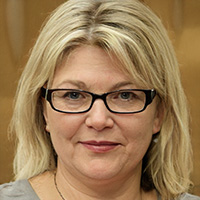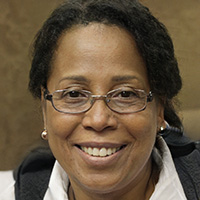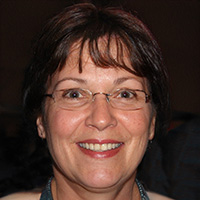In this article the team at Nomenial talk about epilepsy (what it is, symptoms, types and treatment). Epilepsy is a disorder of the central nervous system that increasingly affects older people. So much so that in recent years, 25% of detected cases affect this group. The demand of carers specialized in this field have been notorious for us as well, and we have already helped lot of families hiring a carer able to handle the symptons related to epilepsy.
To find out more about it, we are going to deal with it in depth in this article so that you can get to know it and understand what epilepsy is all about.
Epilepsy: what it is, symptoms, types and treatment – What is epilepsy?
If you are wondering what epilepsy is, you should know that it is a set of disorders of the central nervous system whose main manifestation is epileptic seizures.
It is therefore not a mental illness but a physical problem caused by the sporadic abnormal functioning of a group of neurons.
During epileptic seizures there is an alteration in the electrical signal by which the neurons communicate with each other.
In this way, the electrical signal extends to other parts or the whole brain, affecting other neurons, which temporarily lose their function due to the electrical excitation to which they are subjected.
Causes of epilepsy:
The causes of epilepsy are diverse. This is why more than 70% of people with epilepsy cannot identify the exact cause of their epilepsy.
In fact, specialists agree to list a number of major causes associated with epilepsy in the older adults, which are as follows:
1. Stroke.
2. Neurodegenerative diseases, such as Alzheimer’s.
3. diseases of other organs of the body, such as liver and kidney diseases (chronic renal failure), as well as high blood pressure and diabetes.
4. Heart problems.
5. Brain tumours.
6. traumatic brain injury (e.g. a car accident)
7. Brain surgery, especially when there is a residual brain scar.
8. Various infections, such as meningitis or encephalitis.
9. Congenital epileptic disorders (hereditary epilepsy). An important risk factor is also age, as people over 60 are more likely to have epileptic seizures. One of the most recognised causes of epilepsy.
Types of epilepsy: the different seizures
There are two types of epileptic seizures:
1. Widespread seizures: these are the type of epileptic seizures in which the epileptic discharge affects the entire surface of the brain at the same time.
2. Focal epileptic seizures: the epileptic discharge occurs in a small area of the brain’s surface.
Within each of these two types, other specific subtypes are classified in which specific symptoms are triggered.
Other types of seizures are those which medical doctrine has included a surname, such as, among many others, gelatinous epilepsy (the seizures manifest themselves in the form of uncontrollable laughing fits) or refractory epilepsy (those in which the epileptic seizures are so continuous that they greatly limit the patient’s life).
Vascular epilepsy in the older adults
Vascular epilepsy in the seniors occurs because of cerebral vascular problems suffered by the aging population. In fact, conditions of this type are the cause of approximately one third of epilepsies in our elder adults.
Knowing the different types is very important to understand what epilepsy is and how it develops.
Epilepsy symptoms
The symptoms of epilepsy depend on which part of the cerebral cortex is affected by the neurotransmission disorder.
In fact, within the particularity of those produced in each patient, the most common symptoms of epilepsy are the following:
- Partial (affecting one part of the body) or generalised (affecting the whole body) seizures.
- Just before losing consciousness during an epileptic seizure, people notice a sensation called an aura. This is characterised by signs such as nausea and dizziness.
- Tingling in specific parts of the body.
- Stiffness and, at other times, muscular twitching.
- Difficulty in communicating: in some crises, patients do not find the words to be able to express themselves normally.
- Spatial-temporal confusion: this happens after the crisis, when the person feels dazed and confused.
- In cases of greater intensity, loss of consciousness and sphincter control.
As you can see, there are various symptoms of epilepsy.
Epilepsy: what it is, symptoms, types and treatment – seizure
How should we act if our elder suffers an epileptic seizure?
In the event of an epileptic seizure, these are the steps to follow:
- Do not restrain the patient. Only remove objects that can be hit.
- Place him on his side.
- Never put anything in his mouth, much less try to give him medicine.
- Do not leave him alone until he regains consciousness and recovers.
- Control the time the crisis lasts. If it is more than 5 minutes, call the emergency telephone number (999).
We hope that these guidelines will be helpful in assisting the person suffering from epilepsy.
Treatment of epilepsy:
The treatment of epilepsy in the older adults contains some particularities given its own medical reality.
To diagnose the disease, the doctor will review the symptoms and medical history of our major. After that, you may decide to make an evaluation that will consist, usually, the following two tests:
1. Neurological examination: the doctor will examine your motor and cognitive functions, your behavior and other mental areas to determine the type of epilepsy you may have.
2. Blood tests – Using a blood sample, the doctor may look for signs of infection, genetic disease or other seizure-related disorders.
Medication for epilepsy
The main treatment of epilepsy is the use of antiepileptic drugs. Currently, there are 20 drugs to treat this disease and, as experts say, none is better than another.
Thanks to the effects of antiepileptic drugs, long-term remission of the disease can be achieved in 60/70% of cases.
It should be noted that the handling of these medications is complicated. So the type of drug prescribed will depend on many different factors such as: age, type of epilepsy or the presence of other diseases, among many others.
Thus, the specialist will first prescribe taking a very low dose of medication and will progressively increase the treatment, as it manages to control the crisis.
Anti-epileptic drugs can trigger mood-related side effects such as irritability, depression or difficulty in managing emotions.
Therefore, many times several drugs are combined to counteract each other to achieve combat this disorder of the central nervous system while maintaining a good emotional state.
The drug treatment against epilepsy that the patient takes is, in most cases, a long-term treatment or for life.
Because of this, it is vital that it is properly monitored, as one of the main causes of an anti-epileptic drug not being effective is that it is not being taken continuously and properly.
It is therefore important to bring the appropriate treatment for epilepsy depending on the situation of each patient.
Surgery and neurostimulation
If the combined medication fails to control the crisis, epilepsy can be considered as drug-resistant and the doctor may consider other types of treatments for our family: surgery and neurostimulation.
If the part affected by epilepsy, and trigger of the crisis, is only a small area of brain cells that can be accurately limited, you can assess a surgical intervention.
However, surgery is an exceptional alternative in the case of the older adults, due to its high morbidity and mortality and the unsatisfactory results it presents.
In contrast to the active treatment that surgery involves, there is, as a palliative treatment, neurostimulation.
This is known as vagal stimulation, and consists of the implantation of a programmable generator (of dimensions similar to a cardiac pacemaker) which is placed in the chest wall.
The patient will have a magnet that can be used when he or she notices that he or she is suffering a crisis. By means of this generator, the patient himself, as well as his family members or caregivers, will be able to stop or halt a crisis that they believe to be imminent.
Thanks to this, our elder will be able to minimize the intensity of the crises and, therefore, their consequences (although, he will not eliminate them completely).
These types of epilepsy treatments have already helped many patients who do not respond effectively to medication.
Epilepsy: what it is, symptoms, types and treatment – Healthy Lifestyle
Along with medical treatments, our eldest must follow a treatment for epilepsy based on maintaining good living habits.
Some of the most recommended guidelines are:
1. Taking medication rigorously: again, it is essential that our eldest take the medication prescribed by the neurologist, as well as comply with all the daily instructions he orders.
2. Maintain a regular sleep schedule.
3. Avoid the consumption of drugs and alcohol.
4. Reduce, as much as possible, the level of stress.
5. Maintain a balanced diet that contains all the necessary nutrients.
6. To carry out moderate but periodic physical exercise.
7. To be especially careful with those activities that by the disease can suppose some type of risk (like driving).
8. Whenever you are going to take a medication related to some other condition, you should check that it does not produce side effects in people who suffer from epilepsy.
9. It is important to know yourself: the patient must learn to recognize when it begins to feel the auras mentioned above and take precautions immediately to avoid serious falls.
Epilepsy: what it is, symptoms, types and treatment – Consequences of this illness
In addition to the very effects of epileptic seizures, caused by these, those affected come to suffer direct physical consequences such as fractures, bruises, burns or drowning.
At the same time, derived from this, patients are more likely to suffer disorders that also affect the mood as depression or anxiety. Therefore, psychological care is necessary.
Is there a cure for epilepsy?
Although most people believe otherwise, specialists have a very clear answer to this question: Epilepsy can be cured. In fact, in a large part of the cases, they are overcome by the use of drugs.
And so far, all in this article on epilepsy. We hope that this guide to the causes, types and symptoms will help you and your family members to better manage this disorder, in case someone is suffering from it. As well as to have a broader view of what epilepsy itself is. We hope this article on epilepsy: what it is, symptoms, types and treatment has been useful.







